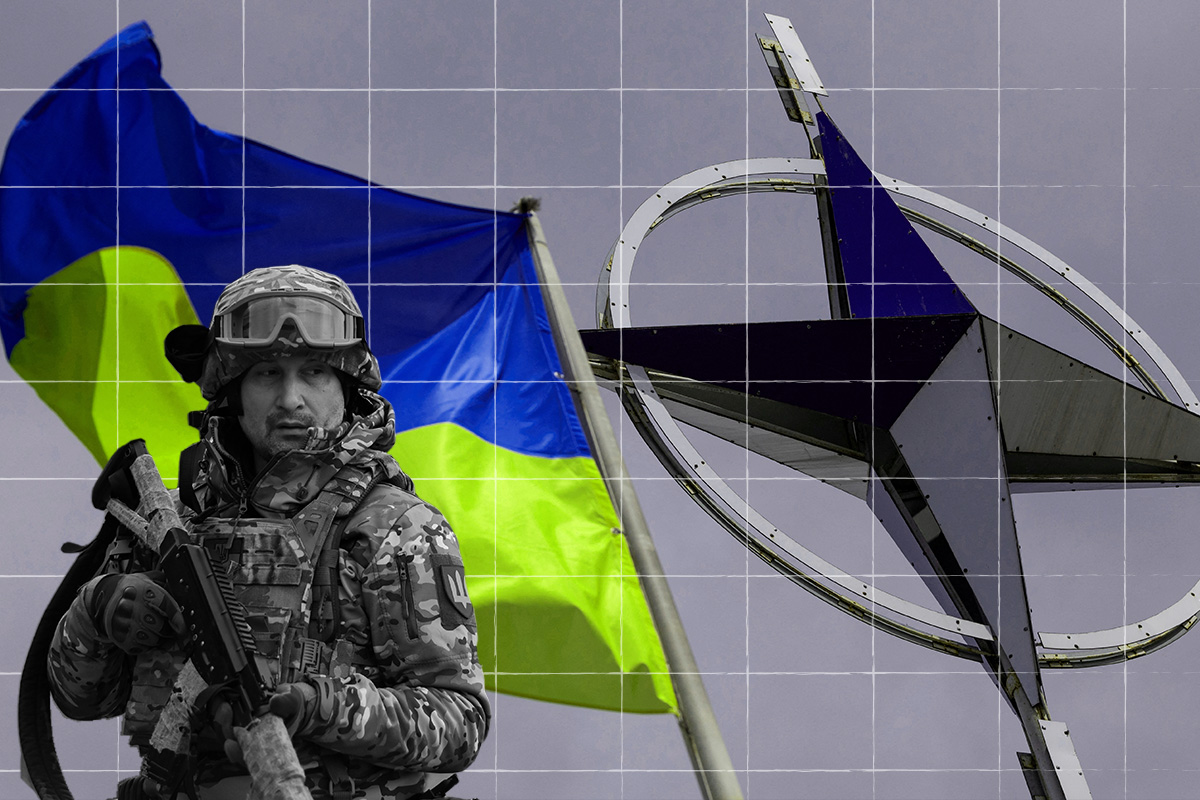
# The Mushroom Cloud from the Initial Hydrogen Bomb: An In-Depth Exploration of Nuclear Arms and Their Catastrophic Heritage
## Introduction: The Might of Nuclear Arms
We have witnessed the footage: a calm azure sky abruptly dominated by a menacing mushroom cloud, the ground quaking from the thunderous roar of a colossal explosion. These memorable visuals, predominantly stemming from years gone by, reveal just a glimpse of the devastating impact of nuclear conflict. While such footage is frequently presented in historical frameworks, the truth is that today’s nuclear arsenal poses an even more alarming threat. At present, a single fault in the systems guiding a nuclear missile could instigate a disastrous strike. For example, a singular assault on Shanghai by an American nuclear missile could result in the death of over 30 million people – surpassing the total fatalities of World War I, which saw about 20 million lives lost.
So, what precisely renders nuclear arms so lethal? How can such comparatively small warheads inflict such vast destruction? In this article, we will delve into the principles of nuclear weapons, their development, and the grim repercussions of a nuclear explosion.
—
## How Do Nukes Operate?
At the heart of nuclear weapons resides the colossal energy embedded within the nucleus of an atom. There are two primary methods to unleash this energy: **nuclear fission** and **nuclear fusion**.
### Nuclear Fission
Nuclear fission takes place when the nucleus of a heavy atom, like Uranium-235 or Plutonium-239, is divided into two lighter atoms. This process is accomplished by bombarding the atom’s nucleus with a neutron, leading to its division. As the atom separates, it emits an extraordinary amount of energy and additional neutrons, which subsequently split more nuclei, initiating a chain reaction that releases exponentially growing energy levels.
In a nuclear weapon, this chain reaction occurs almost instantaneously, resulting in a massive explosion and a lethal shockwave of energy.
### Nuclear Fusion
Conversely, nuclear fusion is the inverse process. Instead of dividing heavy nuclei, this method involves merging two lighter atoms, typically isotopes of hydrogen (such as deuterium and tritium), to form a heavier atom (usually a helium isotope). Unlike fission, fusion demands extremely high temperatures to commence. However, once initiated, fusion produces even greater energy than fission and can trigger further fusion reactions.
The sun serves as a colossal fusion reactor, perpetually converting hydrogen into helium and emitting energy in the form of light and heat that sustains life on Earth. When this process is tapped into for a nuclear device, it results in a significantly more destructive force than fission alone.
—
## The Advancement of Nuclear Weapons
Although nuclear technology has progressed immensely since its origin, early constructs like the **atomic bombs** dropped on Hiroshima and Nagasaki still exhibited terrifying might. Contemporary nuclear weapons are far more advanced – and incredibly more lethal.
### The Atomic Bomb
The bombs unleashed on the Japanese cities of Hiroshima and Nagasaki represented the world’s first showcases of nuclear fission weaponry. These bombs, utilizing Uranium-235 (Hiroshima) and Plutonium-239 (Nagasaki), signaled a pivotal shift in the nature of warfare.
Despite being relatively primitive compared to modern weaponry, the atomic bombings resulted in staggering destruction. The bomb over Hiroshima, with an explosive force equivalent to about 15,000 tons of TNT, resulted in over 80,000 fatalities almost instantly, while the bomb dropped on Nagasaki (equivalent to 21,000 tons TNT) killed around 40,000 individuals immediately. The ensuing fallout and radiation claimed tens of thousands more lives.
### The Hydrogen Bomb
Post-World War II, nuclear weapons underwent their next significant transformation: the hydrogen bomb, commonly referred to as the **thermonuclear bomb**. This class of bomb employs both fission and fusion in its architecture to generate explosions of unparalleled magnitude. The inaugural hydrogen bomb test in 1952 (Ivy Mike) released energy corresponding to several megatons of TNT – vastly beyond the destructive capacity of the fission bombs used in Japan.
Hydrogen bombs not only possess greater catalytic might but also embody a more efficient design by integrating fission and fusion processes. The heatwave from such detonations could be felt as far as 50 kilometers away, while the explosion itself radiates light that eclipses a thousand suns.
### Contemporary Nuclear Weapons
Today’s nuclear devices are highly sophisticated accomplishments of chemistry, physics, and material science, combining both **nuclear fission** and **nuclear fusion** for ultimate devastation. They are often termed **thermonuclear warheads** and comprise two stages: a fission “primary” and a fusion-powered “secondary.”
– The **primary stage** is based on fission, triggered when chemical explosives compress radioactive materials like Plutonium-239 to attain critical mass, which results in a fission chain reaction.
– The **secondary stage** utilizes the energy from the primary